There are probably as many run/rest strategies as there are mushers and dog teams. Since all the top teams in a mid-distance race like the CB300 will take the same (minimum required) amount of rest, their run/rest strategies boil down to a question of where/when and how long to rest.
Some teams train to run longer distances with fewer (longer) rests. Others train for shorter stints with shorter rests in between. Routine is very important in the mind of the dog, so it makes sense to keep your racing schedule as similar as possible to your training schedule. Dogs simply perform better when they know what’s going on and what’s expected of them.
Similarly, some teams train to rest more early in a race and push to the finish. Others are more accustomed to pushing out hard and resting up for a sprint at the end. If you ever hang out with mushers you will hear endless debate about which strategy is better, but the bottom line is that it all depends on the dogs, their training, fitness and familiarity.
The various run/rest strategies are the biggest source of confusion about “who is leading” a race like the CB300. For example, Nicolas Petit arrived in Chisto 83 minutes ahead of Allen but left 113 minutes ahead. The difference is the additional 30 minutes that Allen rested his team (i.e. 5 hours vs. 4.5 hours).
Just glancing at the time sheet, it can look like Allen has somehow lost time in the checkpoint and is farther behind! In reality, Allen has simply taken more of his required rest early on, and the “leader” will have to “give back” that time later. Keeping track of all these times requires good data and some experience about how to interpret it.
All this variation and crazy-making about tracking rest times is why I encourage people to focus on run-times instead. For example, you can see in the table below (sorted by run-time) that Allen’s team was fastest overall from Chisto to Meiers, and 16 minutes faster than the “leader” Nicolas Petit in particular.
Was this because Allen’s team benefitted from the extra 30 minutes of rest? Was it because the pack has thinned out and Allen had to pass fewer teams? Was it because the trail firmed up and became faster? Was it because the wind shifted or the Northern Lights came out? Who is John Galt?!?
You are invited to speculate to your heart’s content, because we will probably never know for sure. There are so many factors that mushers must consider and contend with, despite their physical and mental exhaustion. This is just part of why so many of us absolutely love sled dog racing.
The bottom line, however, is clear: Between the Chisto and Meiers checkpoints, Allen’s team has made up 16 minutes of the 39 minute run-time deficit on the first stint. That means he is now only 23 minutes off the fastest cumulative run-time so far, with well over half the race to go.
Still confused? Don’t worry, it’ll all become clear eventually. Meanwhile, here’s what I would suggest you look at as the “leader board” — Cumulative run times between checkpoints so far:
Go Allen!… Go Dogs!… Go SPK!

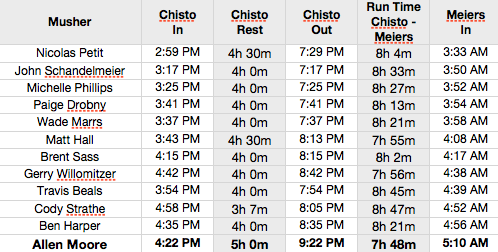
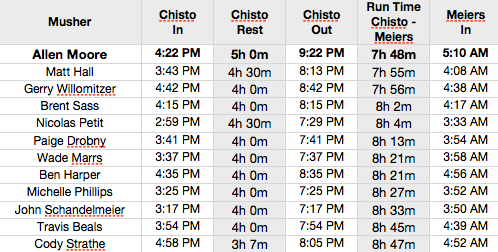

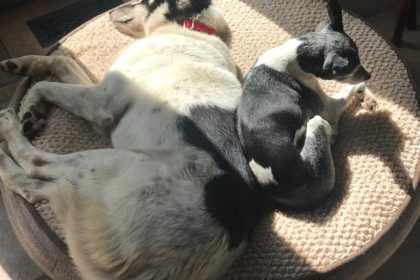



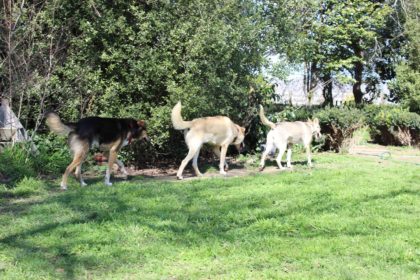
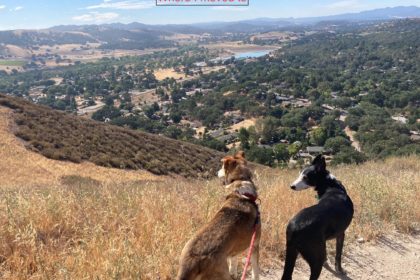
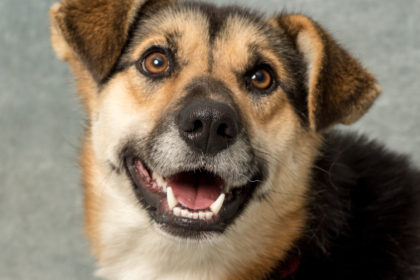

Thank you for this information. I'm beginning to get the idea of the run-rest/who's in the lead cycle; which has baffled me up to now.
DonnaM
Aliy just into Meiers with an 8:01:00. Nice job, second team!
Thank you Mac. This race is always so difficult for me to figure out. I really appreciate the insight!
Spot on analysis as usual Mac!
Cheering on from Boston
– Monica
Thanks so much Mac. Great analysis.
Aliy's run was also faster than Nicholas Petit's on this run. She moved up to 14th position in to Meiers with 5 hours rest.